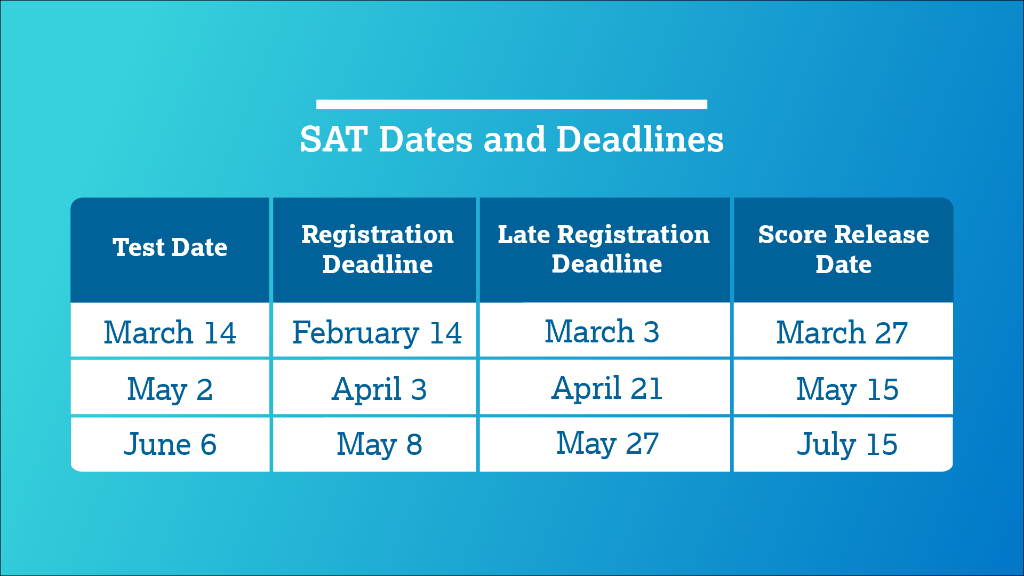Question:
Explain the concept of Functions
Solution:
### Understanding Functions: A Beginner’s Guide
A function is a fundamental concept in mathematics. It describes a specific relationship between two sets of elements. Imagine it as a machine: you put something in (the input), and the machine processes it according to a specific rule, and then something comes out (the output).
#### What is a Function?
Formally, a **function** is a relation between a set of inputs (called the **domain**) and a set of possible outputs (called the **range**) with the property that each input is related to *exactly one* output. That “exactly one” part is crucial!
* **Domain:** The set of all possible input values (often denoted as *x*).
* **Range:** The set of all possible output values (often denoted as *y* or *f(x)*).
* **Input:** A value from the domain that you “feed” into the function.
* **Output:** The value produced by the function when you input a specific value from the domain.
#### Representing Functions
Functions can be represented in several ways:
* **Equation:** This is the most common way. For example, $f(x) = x^2 + 1$. This means “the function *f* takes an input *x*, squares it, and then adds 1.”
* **Table:** A table lists specific input-output pairs.
| Input (x) | Output (f(x)) |
| ——— | ————- |
| 0 | 1 |
| 1 | 2 |
| 2 | 5 |
* **Graph:** A visual representation of the function on a coordinate plane. The x-axis represents the input (domain), and the y-axis represents the output (range).
* **Mapping Diagram:** Shows how each element in the domain is mapped to an element in the range using arrows.
#### Function Notation
The standard notation for a function is $f(x)$, which reads as “f of x”. It means that *f* is the name of the function, and *x* is the input variable. The output is the value of the function at *x*. For example, if $f(x) = 2x + 3$, then $f(4)$ means we substitute $x = 4$ into the equation: $f(4) = 2(4) + 3 = 11$.
#### Examples
##### Example 1: Linear Function
Consider the function $f(x) = 3x – 2$.
* **Domain:** All real numbers (we can input any real number into this function). In interval notation: $(-infty, infty)$.
* **Range:** All real numbers. In interval notation: $(-infty, infty)$.
* **Example Input/Output:**
* If $x = 0$, then $f(0) = 3(0) – 2 = -2$.
* If $x = 2$, then $f(2) = 3(2) – 2 = 4$.
##### Example 2: Quadratic Function
Consider the function $g(x) = x^2 + 1$.
* **Domain:** All real numbers. In interval notation: $(-infty, infty)$.
* **Range:** All real numbers greater than or equal to 1. In interval notation: $[1, infty)$. Notice that the square of any real number is non-negative, so $x^2$ is always greater than or equal to 0. Therefore, $x^2 + 1$ is always greater than or equal to 1.
* **Example Input/Output:**
* If $x = -1$, then $g(-1) = (-1)^2 + 1 = 2$.
* If $x = 3$, then $g(3) = (3)^2 + 1 = 10$.
#### Identifying Functions: The Vertical Line Test
A useful visual test to determine if a graph represents a function is the **vertical line test**. If any vertical line intersects the graph more than once, then the graph *does not* represent a function. This is because, for a single x-value (input), there would be multiple y-values (outputs), violating the “exactly one output” rule.
#### Common Mistakes to Avoid
* **Confusing domain and range:** Always remember that the domain is the set of possible inputs (x-values), and the range is the set of possible outputs (y-values).
* **Assuming all equations are functions:** Not all equations represent functions. For example, $x^2 + y^2 = 1$ (a circle) is *not* a function because a single x-value can have two corresponding y-values.
* **Incorrectly applying the vertical line test:** Make sure the vertical line *never* intersects the graph more than once for it to be a function.
#### Real-World Applications
Functions are everywhere!
* **Physics:** The distance an object falls under gravity is a function of time.
* **Economics:** The profit of a company can be a function of the number of units sold.
* **Computer Science:** Algorithms are essentially functions that take inputs and produce outputs.
### Conclusion
Functions are a cornerstone of mathematics. Understanding the concept of domain, range, function notation, and how to represent functions in different ways is crucial for further studies in IB Analysis and beyond. By remembering the “exactly one output” rule and practicing with examples, you’ll be well on your way to mastering functions!
{
“@context”: “https://schema.org”,
“@type”: “FAQPage”,
“mainEntity”: {
“@type”: “Question”,
“name”: “Explain the concept of Functions”,
“acceptedAnswer”: {
“@type”: “Answer”,
“text”: “Okay, let’s break down the concept of functions in a way that’s easy to understand, especially if you’re just starting out with IB Analysis!nn### Understanding Functions: A Beginner’s GuidennA function is a fundamental concept in mathematics. It describes a specific relationship between two sets of elements. Imagine it as a machine: you put something in (the input), and the machine processes it according to a specific rule, and then something comes out (the output).nn#### What is a Function?nnFormally, a **function** is a relation between a set of inputs (called the **domain**) and a set of possible outputs (called the **range**) with the property that each input is related to *exactly one* output. That “exactly one” part is crucial!nn* **Domain:** The set of all possible input values (often denoted as *x*).n* **Range:** The set of all possible output values (often denoted as *y* or *f(x)*).n* **Input:** A value from the domain that you “feed” into the function.n* **Output:** The value produced by the function when you input a specific value from the domain.nn#### Representing FunctionsnnFunctions can be represented in several ways:nn* **Equation:** This is the most common way. For example, $f(x) = x^2 + 1$. This means “the function *f* takes an input *x*, squares it, and then adds 1.”n* **Table:** A table lists specific input-output pairs.nn | Input (x) | Output (f(x)) |n | ——— | ————- |n | 0 | 1 |n | 1 | 2 |n | 2 | 5 |nn* **Graph:** A visual representation of the function on a coordinate plane. The x-axis represents the input (domain), and the y-axis represents the output (range).n* **Mapping Diagram:** Shows how each element in the domain is mapped to an element in the range using arrows.nn#### Function NotationnnThe standard notation for a function is $f(x)$, which reads as “f of x”. It means that *f* is the name of the function, and *x* is the input variable. The output is the value of the function at *x*. For example, if $f(x) = 2x + 3$, then $f(4)$ means we substitute $x = 4$ into the equation: $f(4) = 2(4) + 3 = 11$.nn#### Examplesnn##### Example 1: Linear FunctionnnConsider the function $f(x) = 3x – 2$.nn* **Domain:** All real numbers (we can input any real number into this function). In interval notation: $(-\infty, \infty)$.n* **Range:** All real numbers. In interval notation: $(-\infty, \infty)$.n* **Example Input/Output:**n * If $x = 0$, then $f(0) = 3(0) – 2 = -2$.n * If $x = 2$, then $f(2) = 3(2) – 2 = 4$.nn##### Example 2: Quadratic FunctionnnConsider the function $g(x) = x^2 + 1$.nn* **Domain:** All real numbers. In interval notation: $(-\infty, \infty)$.n* **Range:** All real numbers greater than or equal to 1. In interval notation: $[1, \infty)$. Notice that the square of any real number is non-negative, so $x^2$ is always greater than or equal to 0. Therefore, $x^2 + 1$ is always greater than or equal to 1.n* **Example Input/Output:**n * If $x = -1$, then $g(-1) = (-1)^2 + 1 = 2$.n * If $x = 3$, then $g(3) = (3)^2 + 1 = 10$.nn#### Identifying Functions: The Vertical Line TestnnA useful visual test to determine if a graph represents a function is the **vertical line test**. If any vertical line intersects the graph more than once, then the graph *does not* represent a function. This is because, for a single x-value (input), there would be multiple y-values (outputs), violating the “exactly one output” rule.nn#### Common Mistakes to Avoidnn* **Confusing domain and range:** Always remember that the domain is the set of possible inputs (x-values), and the range is the set of possible outputs (y-values).n* **Assuming all equations are functions:** Not all equations represent functions. For example, $x^2 + y^2 = 1$ (a circle) is *not* a function because a single x-value can have two corresponding y-values.n* **Incorrectly applying the vertical line test:** Make sure the vertical line *never* intersects the graph more than once for it to be a function.nn#### Real-World ApplicationsnnFunctions are everywhere!nn* **Physics:** The distance an object falls under gravity is a function of time.n* **Economics:** The profit of a company can be a function of the number of units sold.n* **Computer Science:** Algorithms are essentially functions that take inputs and produce outputs.nn### ConclusionnnFunctions are a cornerstone of mathematics. Understanding the concept of domain, range, function notation, and how to represent functions in different ways is crucial for further studies in IB Analysis and beyond. By remembering the “exactly one output” rule and practicing with examples, you’ll be well on your way to mastering functions!”
}
}
}

